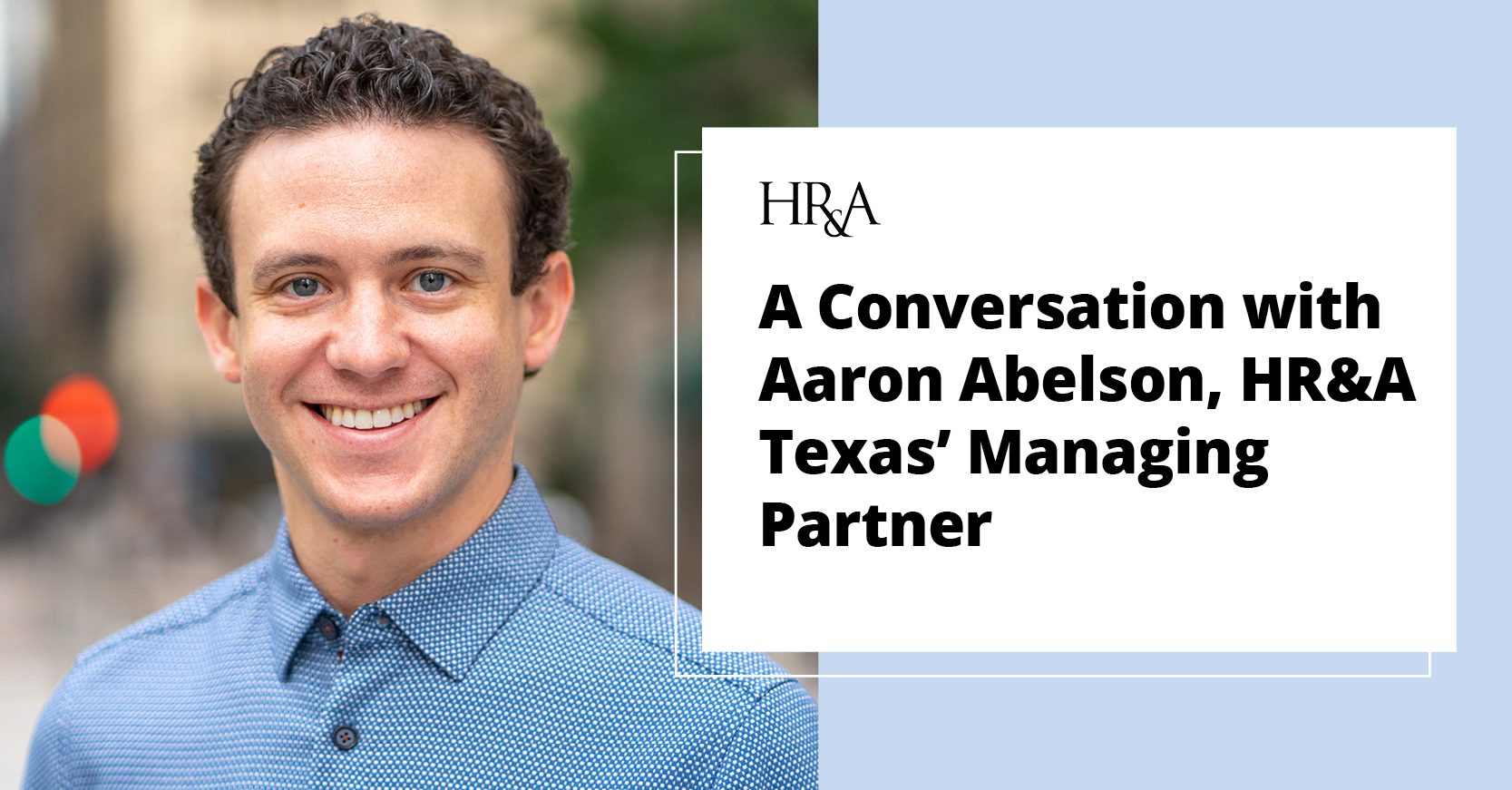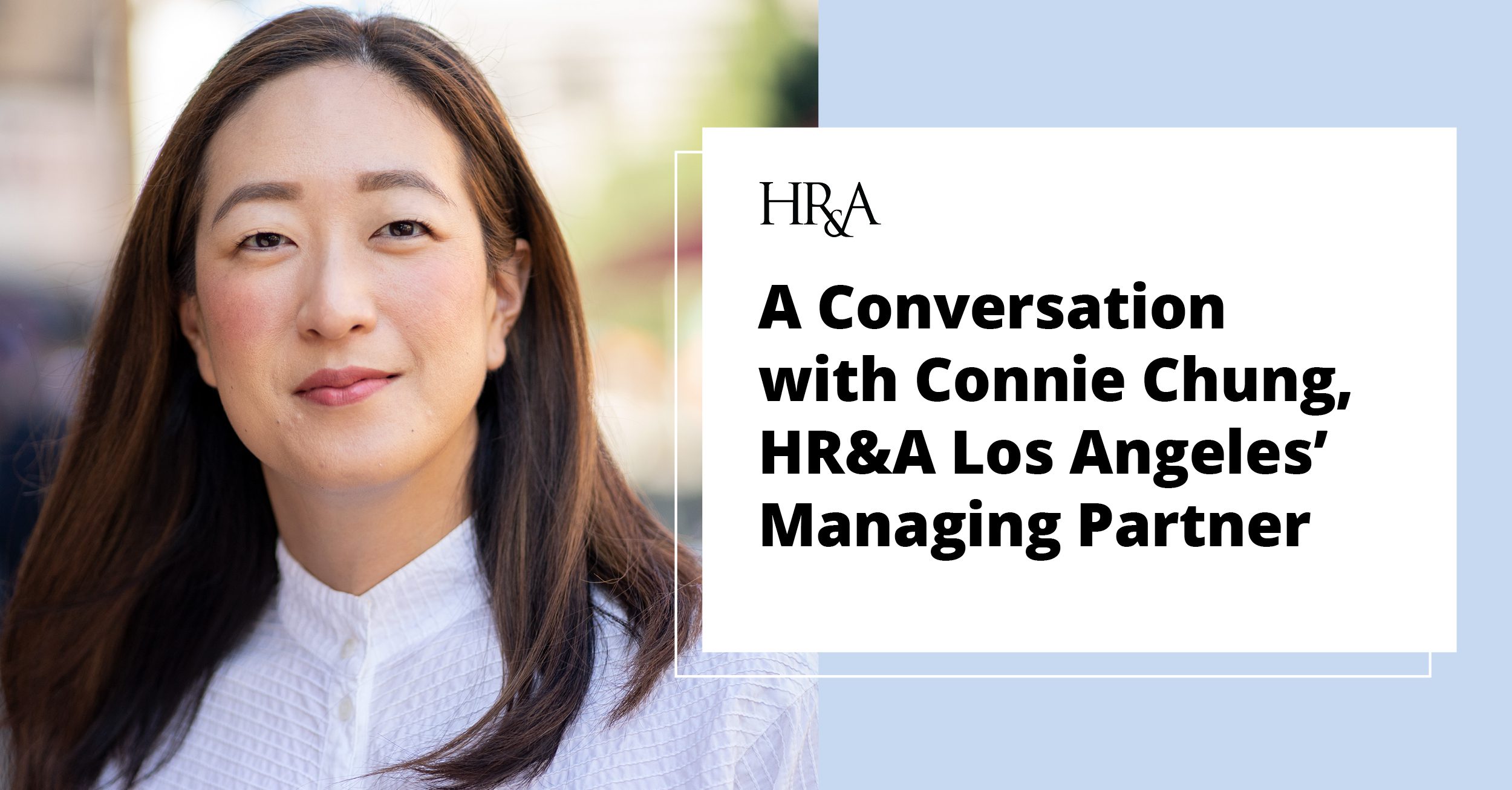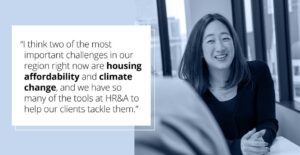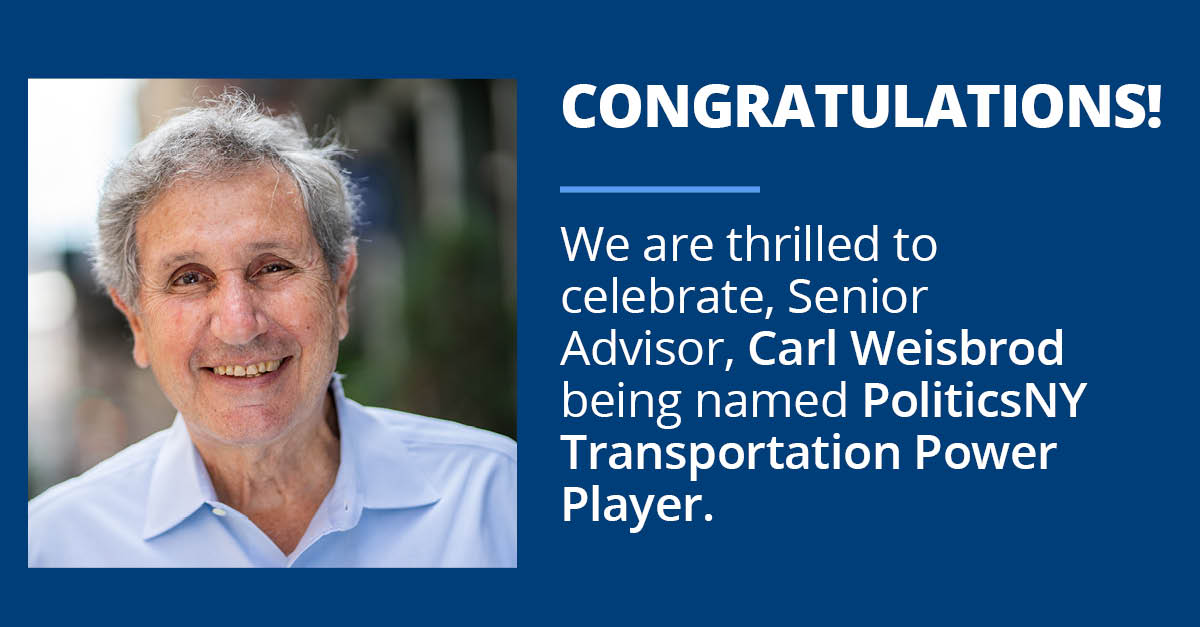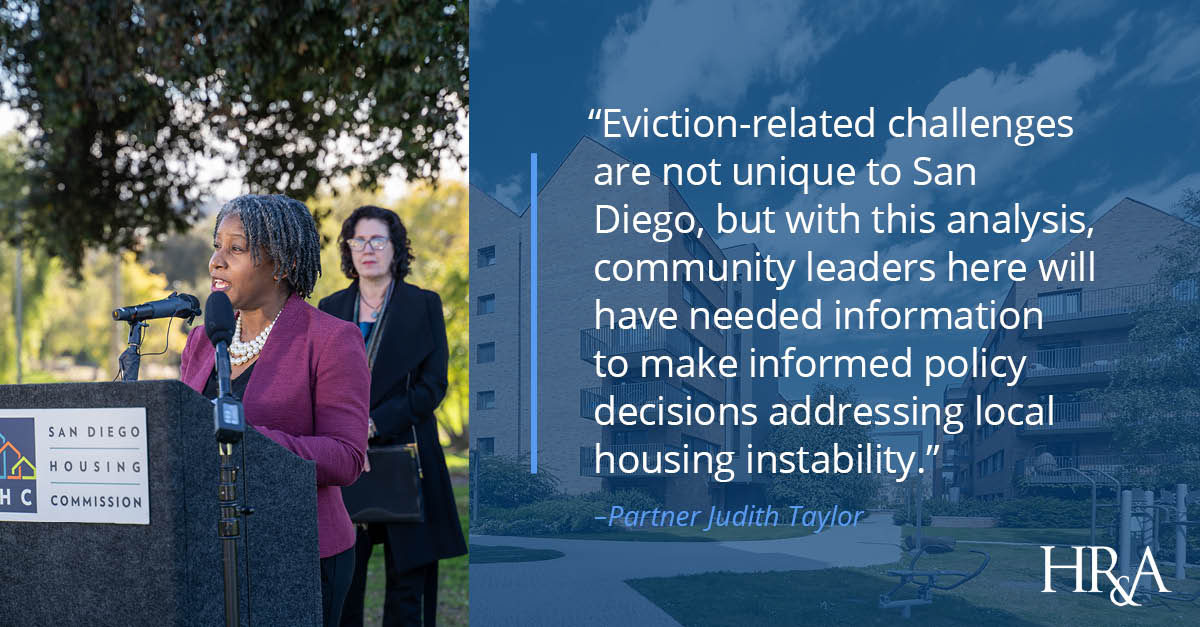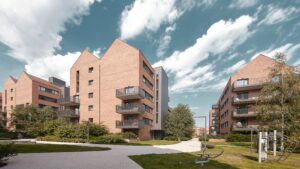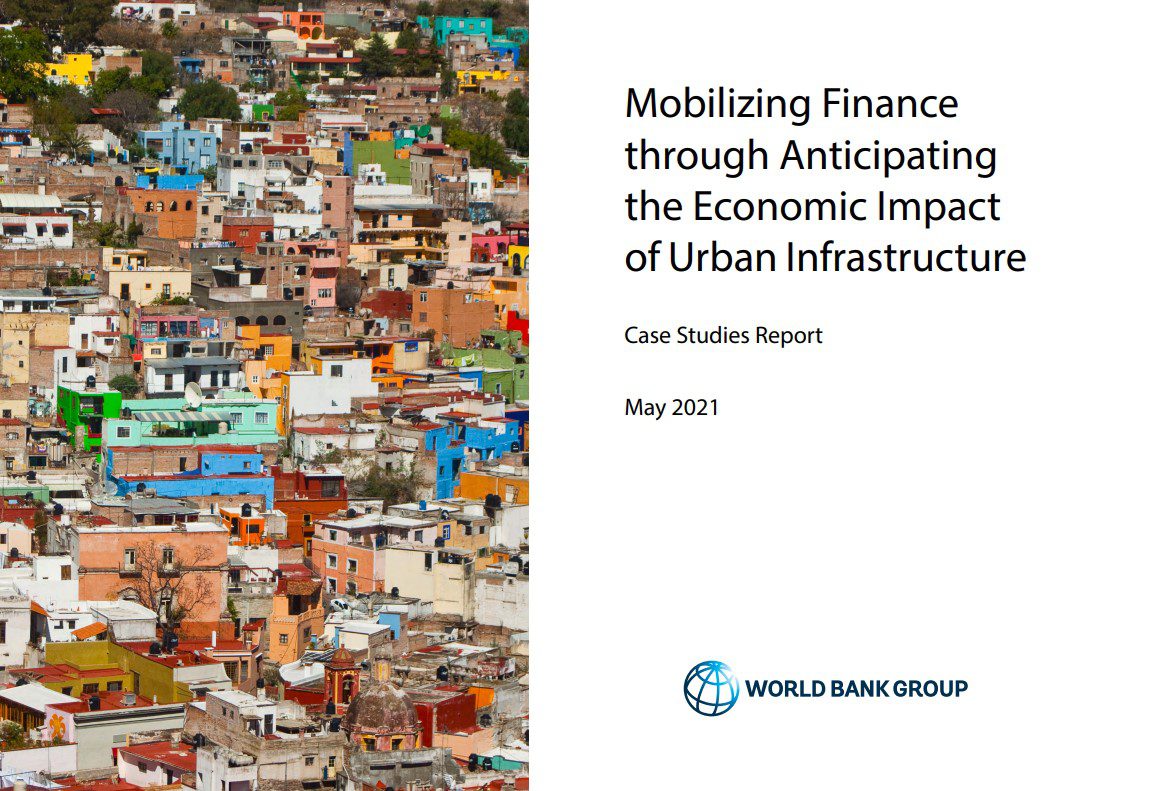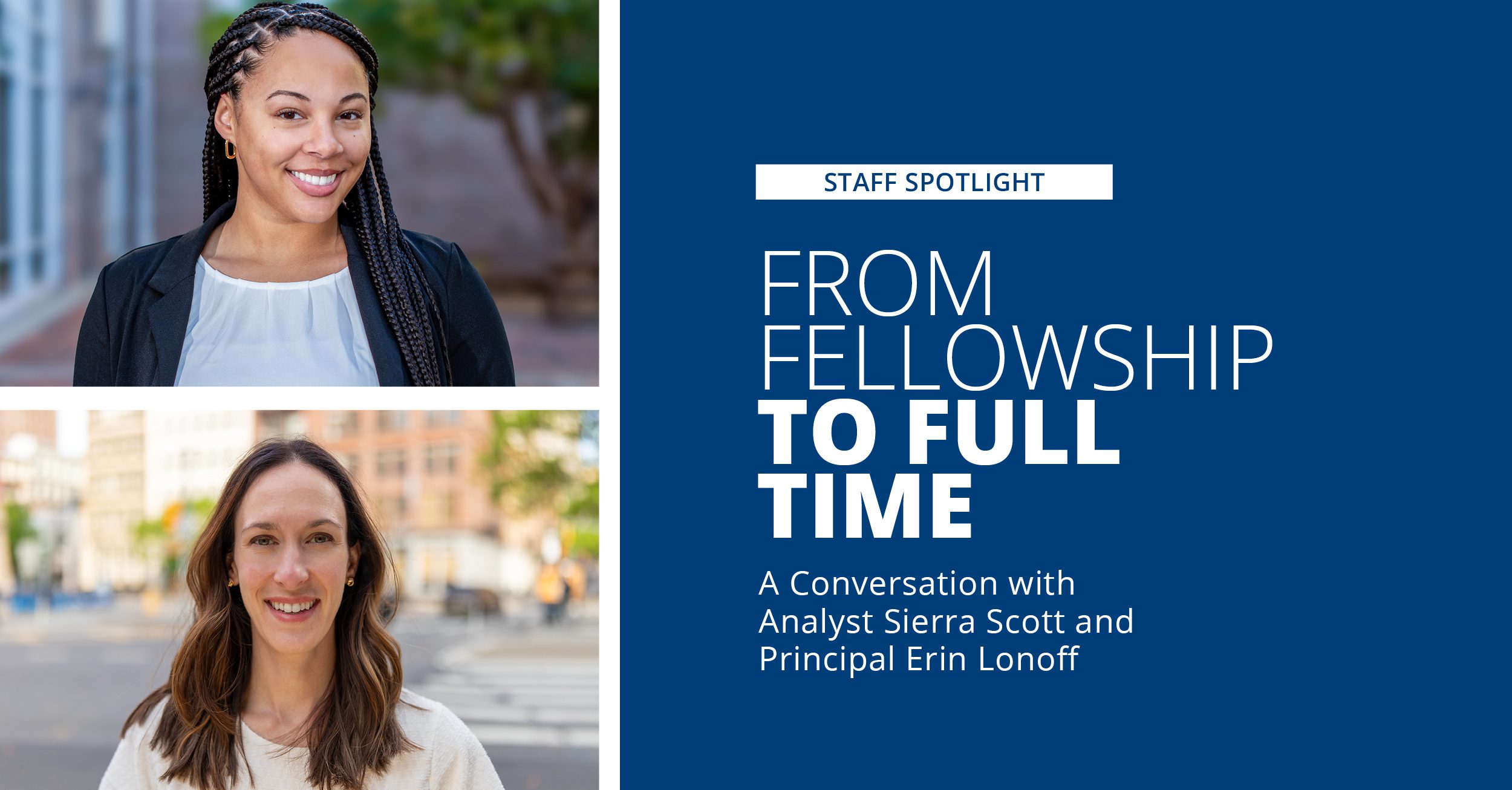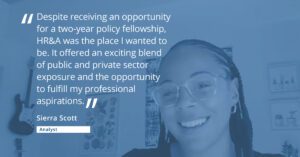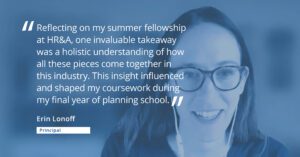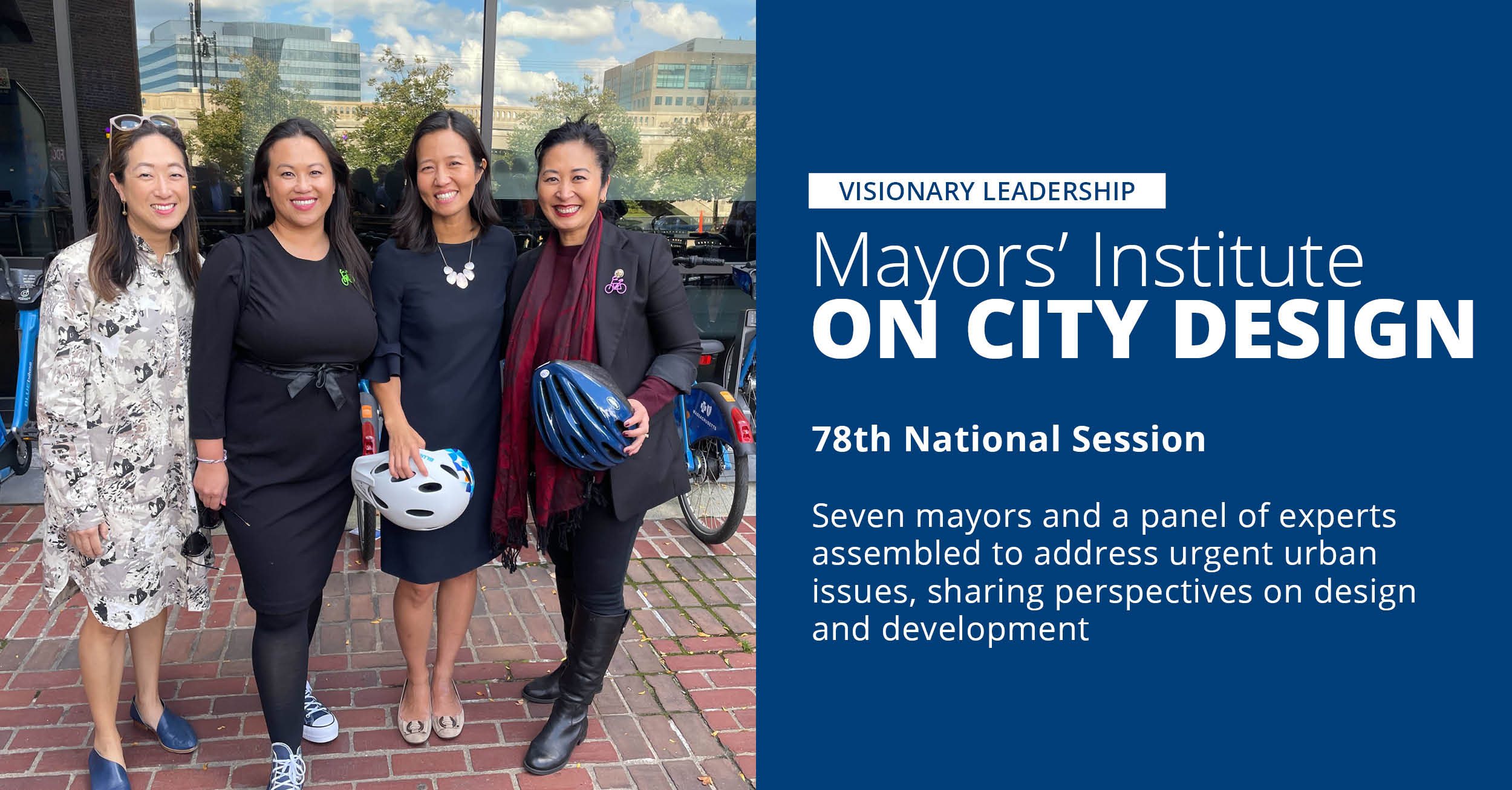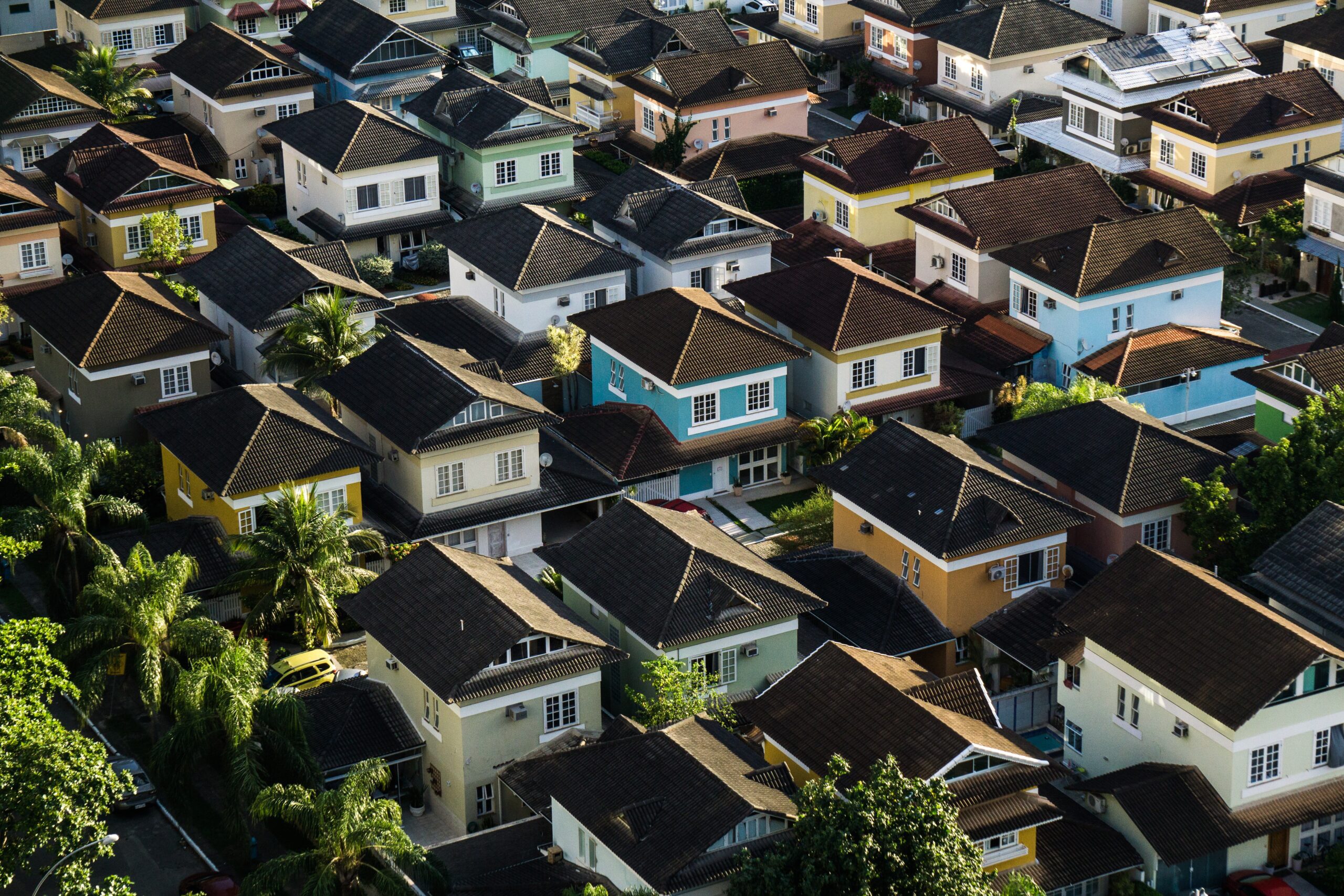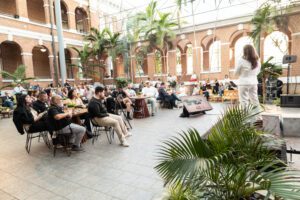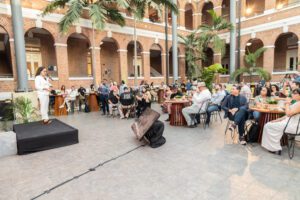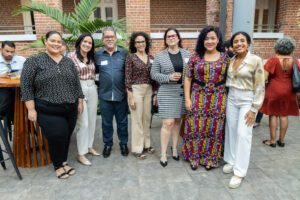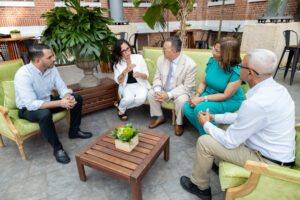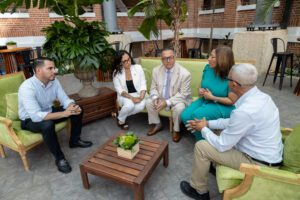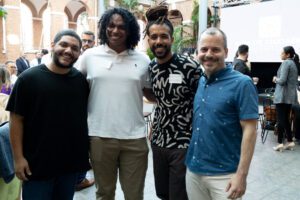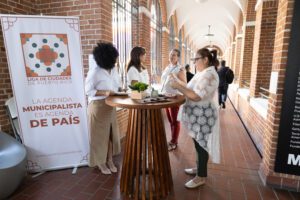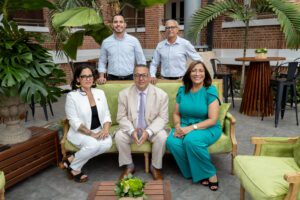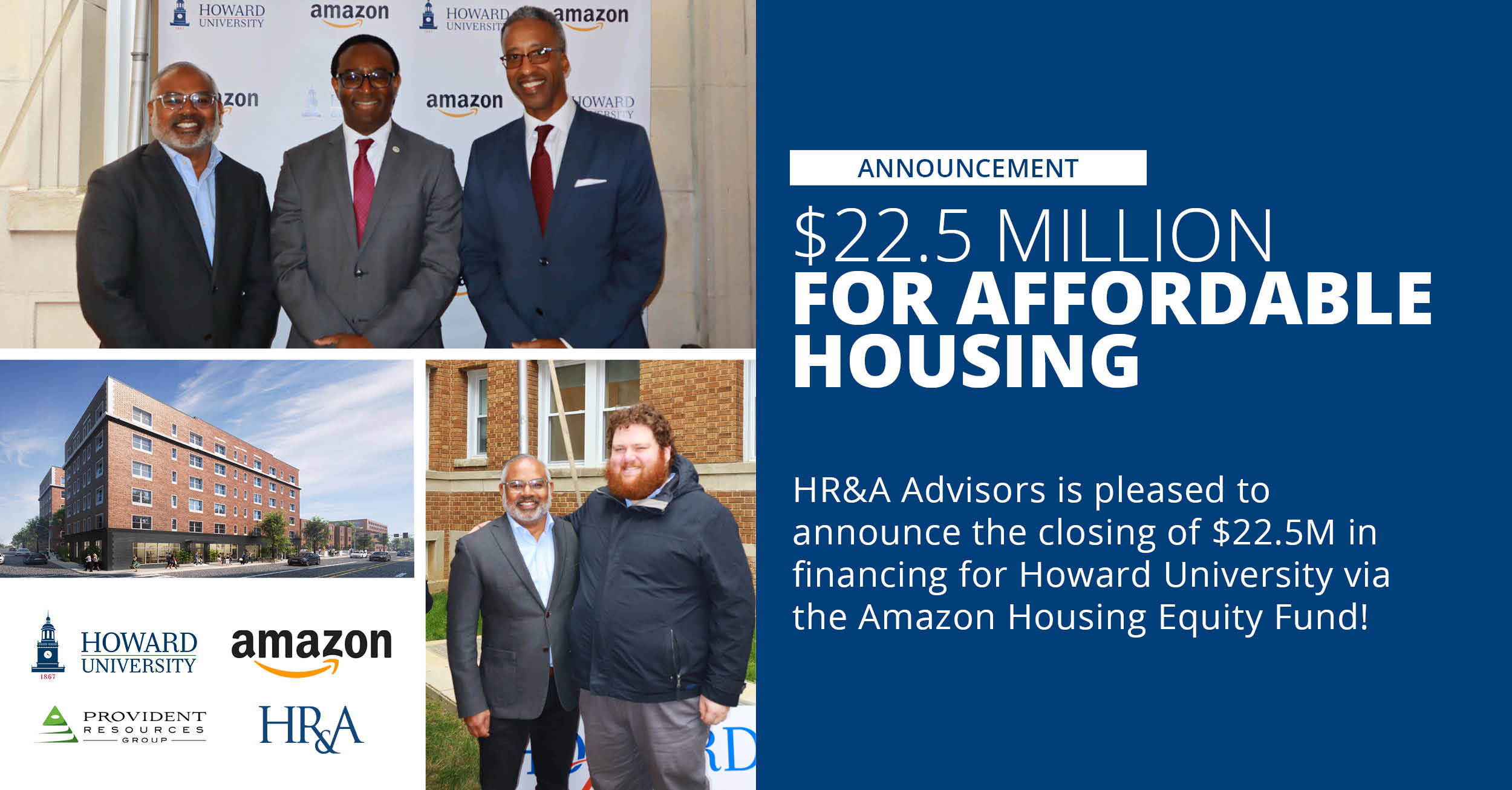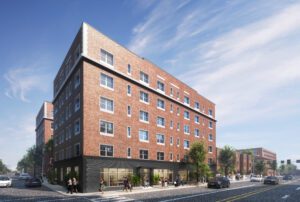We sat down with the Managing Partner of HR&A’s Texas office in Dallas to discuss his recent elevation from Principal to Partner, the unique challenges facing cities and communities in Texas, and what makes the Lone Star State one of the most exciting places to work in the country.
In your tenure with HR&A, you’ve advanced from a Research Analyst role all the way to Managing Partner — what has that been like?
I joined HR&A in the Fall of 2013 as a Research Analyst, and I was the Assistant to the Chairman, John Alschuler. Looking back now at those formative years in my career, I certainly could not have imagined the path I’ve taken at HR&A and the learning opportunities, supportive mentorship, brilliant colleagues, and diverse project experiences that would help me get to this point.
You helped found our Dallas office — what brought HR&A to Texas and what kind of work have you been doing across the region?
We founded the Dallas office in 2015, which was an incredible opportunity for me to move from New York and help build a presence in Texas from scratch. We had some consequential projects here already, and we had a sense that there was a ton of opportunity here to do important work.
Over the last eight years, it’s been a joy to be able to grow our office and collaborate with amazing people on some incredibly impactful work across the city and state. We’ve helped lead transformative projects across the region like the Buffalo Bayou East Master Plan. We spent over three years working with the Buffalo Bayou Partnership on an investment strategy and master plan for Buffalo Bayou East, a four-mile extension of Houston’s wonderful waterfront park system including park, trail, and community development investments in the Fifth Ward and East End. The plan helped the Buffalo Bayou Partnership secure $300 million in new commitments of funding from the from philanthropic and public sources, which is already helping them realize their vision for reconnecting these communities in Houston with their Bayou.
We’ve also been working for two years with the city of Dallas on crafting and implementing the City’s Equitable Economic Development Policy and incentives Policy, which seeks to address longstanding economic inequalities for historically underserved areas. We work closely with senior City leadership to refine and create policies, structures, and programs that proactively address disparities in economic opportunities and outcomes. I’ve also been leading the team managing the strategic vision update, economic development planning, and real estate strategy for the Panther Island redevelopment project in Fort Worth, which is truly a once in a generation opportunity. Where else can you find a 400+ acre site next to downtown with major economic development potential; essentially an opportunity to create a new neighborhood in the center of Fort Worth through true public-private partnership?
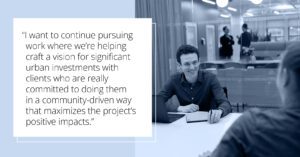
What kinds of work do you hope to pursue as you step into the role of Managing Partner of HR&A’s Dallas office?
One of the early projects for HR&A’s Texas office comes to mind as an example of the sustained work we do with clients to help realize bold visions: Harold Simmons Park in Dallas. It’s a transformative vision for the city that we worked on in several phases over the years. We helped our client, the Trinity Park Conservancy, from the beginning, helping craft the vision and plan for the park, and later we developed an equitable development toolkit to shape the implementation of this major park investment. Throughout that later work, we really focused on both maximizing the positive benefit of the project to the community while also thinking through ways to mitigate the potential negative impacts that a major investment like that can have on existing communities.
That mixture of bringing an equity, policy, and community engagement lens to our work has helped shape our approach on other projects like the Ion Innovation District for Rice University in Houston. HR&A has been the strategic partner and development on the project, which has the goal of creating a thriving and inclusive tech ecosystem in Houston. It has been gratifying to not only see the Ion, a 300,000 square foot innovation hub built in a former Sears store, come to fruition as an inclusive center for Houston’s tech ecosystem, but also to see our client and the City of Houston adopt a Community Benefits Agreement guiding over $15M in commitments to workforce inclusion, entrepreneurship, and housing affordability.
I want to continue pursuing work where we’re helping craft a vision for significant urban investments with clients who are really committed to doing them in a community-driven way that maximizes the project’s positive impacts.
What unique value does HR&A bring to Dallas and cities across Texas?
This is such a rapidly growing state with so much of that growth happening in urban areas, and all of that growth has significant implications for housing affordability, job access, environmental sustainability, and numerous other policy, business, and community considerations. Over the last couple of decades, it feels like Texas is really grappling with what that growth means. How does the state keep attracting people and creating jobs and homes for this growing population? How does it continue competing with other desirable cities and states across the country?
As our clients try to answer those questions, HR&A offers an understanding of how policy relates to real estate, and real estate relates to community development, and community development relates to housing — the list goes on. We can help clients understand how to do strategic, transformative urban work in a way that is community oriented and impactful in as many ways as possible. This integrated thinking really resonates here.
You’ve worked in cities across the country; what do you think are some of the unique challenges and opportunities in Dallas compared to other US cities?
In addition to the explosive growth across the state, the other force we’re seeing play our in many cities across the state, but Dallas in particular, has been a great deal of suburban growth. In recent years, there has been a recognition of the value of a vibrant downtown, and there has been a lot more investment in the center city. But at the same time, there are so many challenges for downtowns in these major cities across Texas to grapple with and continue acting as the economic engines they’ve been in the past. It’s a theme we see across the country, but the issues of housing affordability, downtown economic growth, and the challenges of office markets facing a new reality after COVID almost feel more pronounced here. I think Texas is a great place to work on finding the right balance of investment in downtowns as drivers of growth and strength for entire regions.
As HR&A Texas’ Managing Partner, what are your aspirations for the office? Where are y’all headed?
I’m very proud of what the Texas office has become over the last eight years and the team we now have across Dallas, Houston, and Austin. It’s a group of people who I think really reflect the best of HR&A. Everyone is passionate and committed to the work we do and to the places where we live. We have a real dynamic mixture of staff who were born and raised in Texas as well as transplants like me who have found their home here.
I look at all of the projects that my HR&A colleagues from across the state and the country are working on here in Texas and I’m blown away by the diversity and reach of our projects. From broadband and statewide digital opportunity planning, to equitable TOD policies, to affordable housing trainings, to mission-driven real estate and economic development strategies, to parks and open space plans, it is thrilling to see the impact we have had and the clients and collaborators we’ve been able to partner with in cities across Texas.
What’s exciting to me when I think about the future of our office is the opportunity to continue building this team and expand our ability to offer clients here the unique value that is in HR&A’s DNA. We want to leverage all of this team’s passion, expertise, and commitment to improving cities, institutions, policies, and major projects across Texas.
Read more about Aaron here.
